Home>Gardening & Outdoor>Landscaping Ideas>How To Make Grass Grow In Sandy Soil
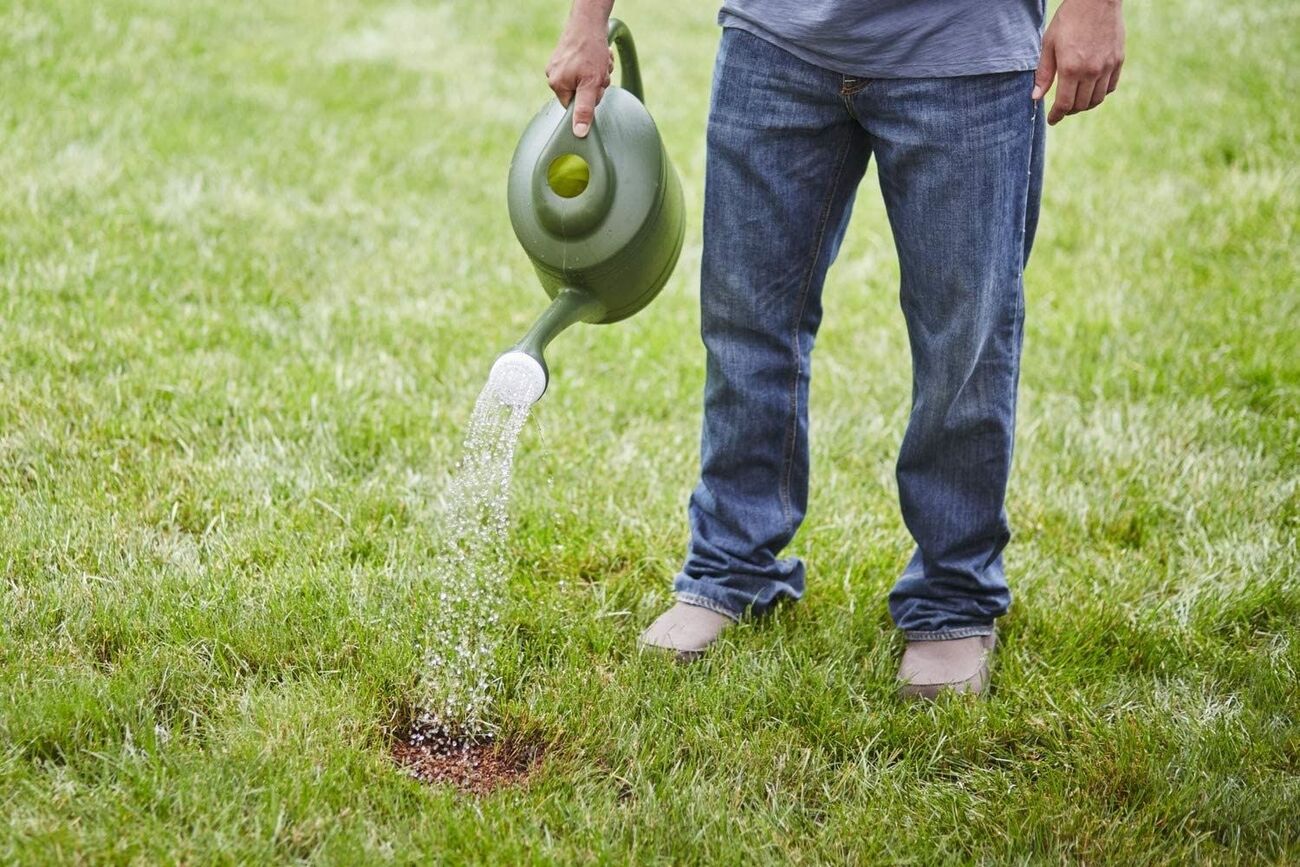

Landscaping Ideas
How To Make Grass Grow In Sandy Soil
Modified: February 18, 2024
Learn effective landscaping ideas to make grass grow in sandy soil. Discover expert tips and techniques for lush greenery in your yard.
(Many of the links in this article redirect to a specific reviewed product. Your purchase of these products through affiliate links helps to generate commission for Storables.com, at no extra cost. Learn more)
Introduction
When it comes to landscaping, the foundation of a vibrant and lush lawn lies in the soil. Sandy soil, known for its excellent drainage and aeration properties, presents both advantages and challenges when it comes to growing grass. Understanding the unique characteristics of sandy soil and implementing the right strategies can lead to a thriving green lawn that enhances the beauty of any outdoor space.
In this comprehensive guide, we will delve into the intricacies of cultivating grass in sandy soil. From selecting the most suitable grass seed to preparing the soil and providing proper maintenance, each step plays a crucial role in nurturing a healthy and resilient lawn. By gaining insights into the specific needs of grass in sandy soil, you can transform a seemingly challenging terrain into a flourishing landscape that beckons with its verdant allure.
Embark on this journey with us as we uncover the secrets to making grass grow in sandy soil, turning potential obstacles into opportunities for creating a stunning and resilient lawn.
Key Takeaways:
- Choosing the right grass seed and preparing the soil are crucial for growing a lush lawn in sandy soil. Understanding the soil’s characteristics and selecting suitable grass varieties set the stage for success.
- Strategic watering, efficient irrigation, and proactive maintenance are essential for nurturing a thriving lawn in sandy soil. Tailored care practices help the grass thrive despite the unique challenges of sandy terrain.
Read more: What Grass Grows In Sandy Soil
Understanding Sandy Soil
Sandy soil is characterized by its granular texture and excellent drainage properties. It is composed of larger particles, which create air pockets that allow water to percolate through the soil easily. While this feature can be advantageous in preventing waterlogging, sandy soil also presents challenges when it comes to retaining moisture and nutrients essential for the healthy growth of grass.
One of the key attributes of sandy soil is its ability to warm up quickly in the spring, promoting early grass growth. However, this rapid drainage can lead to a lack of moisture, making it crucial to select grass varieties that are well-suited to this type of soil. Additionally, sandy soil tends to have lower nutrient retention, requiring regular fertilization to ensure that the grass receives essential nutrients for robust growth.
Understanding the unique characteristics of sandy soil is essential for successful grass cultivation. By recognizing its propensity for rapid drainage and low nutrient retention, you can make informed decisions when selecting grass seed and implementing soil preparation techniques. With this knowledge as a foundation, you can navigate the challenges of sandy soil and harness its benefits to create a thriving lawn that flourishes in this distinctive environment.
Choosing the Right Grass Seed
Selecting the appropriate grass seed is a pivotal step in cultivating a resilient and vibrant lawn in sandy soil. Given the unique characteristics of sandy soil, it is essential to choose grass varieties that can thrive in this environment. When it comes to sandy soil, certain grass species exhibit remarkable adaptability, demonstrating resilience in the face of rapid drainage and lower nutrient retention.
-
Consideration of Grass Species: Opting for warm-season grasses such as Bermuda grass, Zoysia grass, and Bahia grass can be advantageous in sandy soil. These grass species are well-suited to the quick warming properties of sandy soil, enabling them to thrive in the warmer months. Additionally, their deep root systems contribute to their ability to withstand the challenges posed by sandy soil, ensuring their resilience in the face of rapid drainage.
-
Drought-Tolerant Varieties: Given the propensity of sandy soil to dry out quickly, selecting grass seed varieties known for their drought tolerance is crucial. Drought-resistant grass species such as Buffalo grass and certain types of fescue grass can withstand the lower moisture retention of sandy soil, ensuring that the lawn remains verdant even during dry spells.
-
Soil Testing and pH Consideration: Before choosing the grass seed, conducting a soil test to determine the pH level of the sandy soil is essential. This information can guide the selection of grass varieties that are best suited to the specific pH of the soil, promoting optimal growth. Additionally, certain grass species may require amendments to the soil to thrive, making it imperative to consider the soil's pH and nutrient levels when choosing the right grass seed.
-
Consultation with Local Experts: Seeking guidance from local horticultural experts or extension services can provide valuable insights into the most suitable grass varieties for sandy soil in a specific region. Local expertise can offer tailored recommendations based on the climate, soil composition, and other environmental factors, ensuring that the chosen grass seed is well-matched to the unique characteristics of the area.
By carefully considering the adaptability, drought tolerance, soil pH requirements, and local expertise, you can make an informed decision when choosing the right grass seed for sandy soil. This thoughtful selection sets the stage for successful grass cultivation, laying the groundwork for a resilient and thriving lawn that flourishes in the distinctive environment of sandy soil.
Preparing the Soil
Preparing the soil is a critical step in creating an optimal environment for grass to thrive in sandy soil. Given the unique characteristics of sandy soil, including its rapid drainage and lower nutrient retention, strategic soil preparation is essential to provide the grass with the necessary support for robust growth.
Soil Analysis and Amendment
Before embarking on soil preparation, conducting a thorough analysis of the sandy soil can provide valuable insights into its composition and nutrient levels. Soil testing allows for the identification of any deficiencies in essential nutrients, such as nitrogen, phosphorus, and potassium, which are vital for the healthy growth of grass. Additionally, assessing the pH level of the soil is crucial, as it influences nutrient availability to the grass plants.
Based on the results of the soil analysis, amendments can be introduced to enhance the soil's fertility and structure. Organic matter, such as compost or well-rotted manure, can be incorporated into the sandy soil to improve its water retention capacity and nutrient content. This organic amendment not only enriches the soil but also aids in promoting microbial activity, fostering a healthy soil ecosystem that supports the growth of grass.
Read more: How To Grow Grass In Sandy Florida Soil
Soil Aeration and Compaction Management
In sandy soil, aeration plays a pivotal role in maintaining optimal soil structure and promoting healthy root development. Due to its granular nature, sandy soil naturally provides good aeration; however, additional measures can be taken to enhance this aspect. Aerating the soil using a core aerator helps alleviate compaction and allows for better air and water penetration, fostering an environment conducive to robust grass growth.
Incorporating Soil Conditioners
The incorporation of soil conditioners, such as organic matter and specialized soil amendments, can further improve the texture and nutrient-holding capacity of sandy soil. Products designed to enhance moisture retention, such as water-absorbing polymers, can be beneficial in mitigating the rapid drainage characteristic of sandy soil, ensuring that the grass receives adequate moisture for sustained growth.
Leveling and Smoothing
Once the necessary amendments and soil conditioners have been incorporated, the soil should be leveled and smoothed to create an even surface for planting the grass seed. Proper leveling facilitates uniform water distribution and promotes consistent grass growth, contributing to the overall aesthetic appeal of the lawn.
By meticulously preparing the soil through comprehensive analysis, targeted amendments, aeration, incorporation of soil conditioners, and leveling, you can create an optimal foundation for cultivating grass in sandy soil. This proactive approach sets the stage for successful grass establishment, providing the necessary support for the development of a resilient and thriving lawn in this distinctive environment.
Planting the Grass Seed
Planting the grass seed marks a pivotal phase in the journey of cultivating a vibrant and resilient lawn in sandy soil. This crucial step requires careful attention to detail and adherence to best practices to ensure the successful establishment of the grass. By following strategic guidelines and implementing proven techniques, you can set the stage for robust grass growth and the transformation of the sandy terrain into a lush and inviting landscape.
Read more: What Kind Of Grass Grows Best In Sandy Soil
Timing and Seasonal Considerations
Selecting the optimal timing for planting the grass seed is essential to maximize its potential for successful germination and establishment. In sandy soil, the timing of planting is influenced by the soil's quick warming properties, which can be advantageous for promoting early grass growth. Warm-season grasses, such as Bermuda grass and Zoysia grass, thrive when planted in the late spring or early summer, taking advantage of the warmer temperatures and ample sunlight to facilitate rapid establishment.
Seed Distribution and Coverage
Even seed distribution and adequate coverage are critical factors in ensuring uniform grass growth across the sandy soil. Using a seed spreader or broadcaster can facilitate the even distribution of the grass seed, promoting consistent coverage and minimizing the risk of patchy areas. It is advisable to follow the recommended seeding rates specific to the chosen grass variety, as excessive seeding can lead to competition among the emerging seedlings, while insufficient seeding may result in sparse coverage.
Seed-to-Soil Contact
Establishing proper seed-to-soil contact is fundamental to the germination and initial growth of the grass seed. After distributing the seed, lightly raking the soil surface can help ensure that the seeds make contact with the soil, promoting the absorption of moisture and facilitating the germination process. This intimate connection between the seed and the soil creates an optimal environment for the emergence of healthy and robust grass seedlings.
Mulching and Moisture Management
Applying a thin layer of mulch over the seeded area can aid in moisture retention and provide protection for the developing seedlings. Organic mulches, such as straw or compost, can help mitigate the rapid moisture loss characteristic of sandy soil, creating a conducive microclimate for the germinating seeds. Additionally, maintaining consistent moisture levels through regular, light watering is essential to support the germination and establishment of the grass seed, ensuring that the developing seedlings receive the necessary hydration for healthy growth.
Read more: How To Plant Grass In Sandy Soil
Patience and Monitoring
Following the planting of the grass seed, exercising patience and diligent monitoring are crucial aspects of the process. Germination timelines may vary based on environmental conditions, and regular observation of the seeded area allows for the early detection of emerging seedlings and any potential issues that may arise. By closely monitoring the progress of the grass seedlings, adjustments can be made to the watering regimen or other care practices to optimize their development and ensure successful establishment.
By meticulously adhering to the principles of timing, seed distribution, seed-to-soil contact, mulching, moisture management, and vigilant monitoring, you can lay the groundwork for the successful planting of grass seed in sandy soil. This thoughtful approach sets the stage for the emergence of a resilient and vibrant lawn, as the seeds take root and begin their journey towards transforming the sandy terrain into a verdant oasis.
Watering and Maintenance
Sustaining optimal moisture levels and implementing proactive maintenance practices are integral to nurturing a thriving lawn in sandy soil. The unique characteristics of sandy soil, including its rapid drainage and lower water retention capacity, necessitate strategic approaches to watering and ongoing care to support the healthy growth of grass.
Watering Strategies
In sandy soil, the frequency and duration of watering play a crucial role in ensuring that the grass receives adequate moisture for sustained growth. Due to the rapid drainage properties of sandy soil, it is essential to water the lawn more frequently, especially during periods of limited rainfall or high temperatures. However, it is important to avoid overwatering, as excessive moisture can lead to leaching of nutrients and potential issues such as root rot. Implementing a deep and infrequent watering schedule, where the soil is thoroughly moistened but allowed to dry out between watering sessions, promotes the development of deep and resilient root systems, contributing to the overall health of the grass.
Irrigation Considerations
Incorporating efficient irrigation methods, such as soaker hoses or drip irrigation systems, can aid in delivering water directly to the root zone of the grass, minimizing water loss due to evaporation. These targeted irrigation approaches optimize water utilization and promote efficient moisture uptake by the grass, mitigating the challenges posed by the rapid drainage characteristic of sandy soil. Additionally, scheduling watering sessions during the early morning hours can help minimize water loss through evaporation, maximizing the effectiveness of irrigation efforts.
Read more: What Grass To Plant In Sandy Soil
Fertilization and Nutrient Management
Regular fertilization is essential for replenishing nutrients in sandy soil and supporting the vigorous growth of grass. Selecting fertilizers specifically formulated for sandy soil can provide the necessary nutrients, including nitrogen, phosphorus, and potassium, to fortify the grass and enhance its resilience. Slow-release fertilizers are particularly beneficial in sandy soil, as they gradually release nutrients over time, promoting sustained nourishment for the grass without the risk of leaching. By adhering to a well-defined fertilization schedule and applying the appropriate nutrients, you can bolster the health and vitality of the grass, ensuring its ability to thrive in the unique environment of sandy soil.
Mowing and Lawn Care
Prudent mowing practices and attentive lawn care contribute to the overall well-being of the grass in sandy soil. Adjusting the mower height to leave the grass slightly taller promotes deeper root growth and aids in moisture retention, helping the grass withstand the rapid drainage characteristic of sandy soil. Regular removal of grass clippings and thatch accumulation prevents the development of dense layers that can impede water penetration and air circulation, fostering a healthier lawn environment. Additionally, addressing any weed or pest issues promptly and aerating the soil as needed further supports the resilience and vitality of the grass in sandy soil.
By embracing tailored watering strategies, efficient irrigation methods, diligent fertilization, and proactive lawn care, you can provide the essential support and maintenance necessary for cultivating a thriving lawn in sandy soil. These proactive measures contribute to the resilience and vibrancy of the grass, transforming the challenges of sandy soil into opportunities for creating a verdant and inviting landscape that captivates with its lush beauty.
Conclusion
In conclusion, the journey of making grass grow in sandy soil is a testament to the transformative power of strategic planning, informed decision-making, and proactive care. By understanding the unique characteristics of sandy soil and tailoring the approach to suit its specific needs, it is possible to cultivate a resilient and vibrant lawn that defies the challenges posed by this distinctive terrain.
The process begins with a deep understanding of sandy soil, recognizing its rapid drainage and lower nutrient retention as both challenges and opportunities. Selecting the right grass seed tailored to the soil's characteristics is a crucial step, encompassing considerations such as adaptability, drought tolerance, and soil pH requirements. This thoughtful selection sets the stage for successful grass cultivation, ensuring that the chosen grass varieties are well-matched to the unique environment of sandy soil.
Preparing the soil is a pivotal phase, involving comprehensive soil analysis, targeted amendments, aeration, incorporation of soil conditioners, and leveling. These proactive measures create an optimal foundation for the successful establishment of grass in sandy soil, providing the necessary support for robust growth.
Planting the grass seed marks a significant milestone, requiring meticulous attention to timing, seed distribution, seed-to-soil contact, mulching, and moisture management. By adhering to best practices and strategic guidelines, the stage is set for the emergence of a resilient and vibrant lawn, as the seeds take root and begin their journey towards transforming the sandy terrain into a verdant oasis.
Sustaining the optimal moisture levels and implementing proactive maintenance practices are integral to nurturing a thriving lawn in sandy soil. Strategic watering strategies, efficient irrigation methods, regular fertilization, prudent mowing practices, and attentive lawn care contribute to the overall well-being of the grass, ensuring its ability to thrive in the unique environment of sandy soil.
In essence, the journey of making grass grow in sandy soil is a testament to the transformative power of knowledge, perseverance, and proactive care. By embracing the distinctive characteristics of sandy soil and leveraging them to create a resilient and vibrant lawn, it is possible to turn potential obstacles into opportunities, ultimately cultivating a landscape that captivates with its lush beauty and enduring allure.
Frequently Asked Questions about How To Make Grass Grow In Sandy Soil
Was this page helpful?
At Storables.com, we guarantee accurate and reliable information. Our content, validated by Expert Board Contributors, is crafted following stringent Editorial Policies. We're committed to providing you with well-researched, expert-backed insights for all your informational needs.
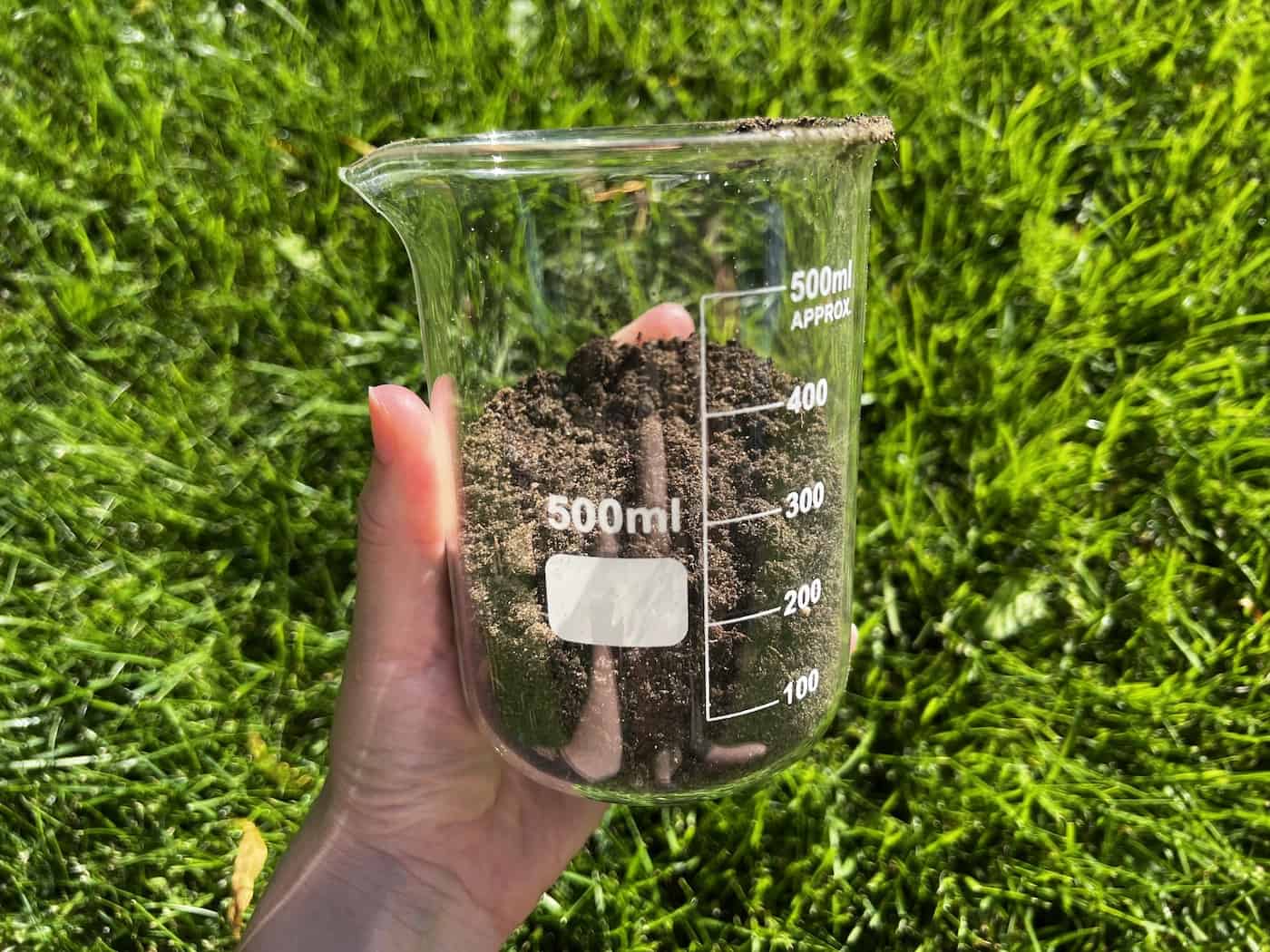
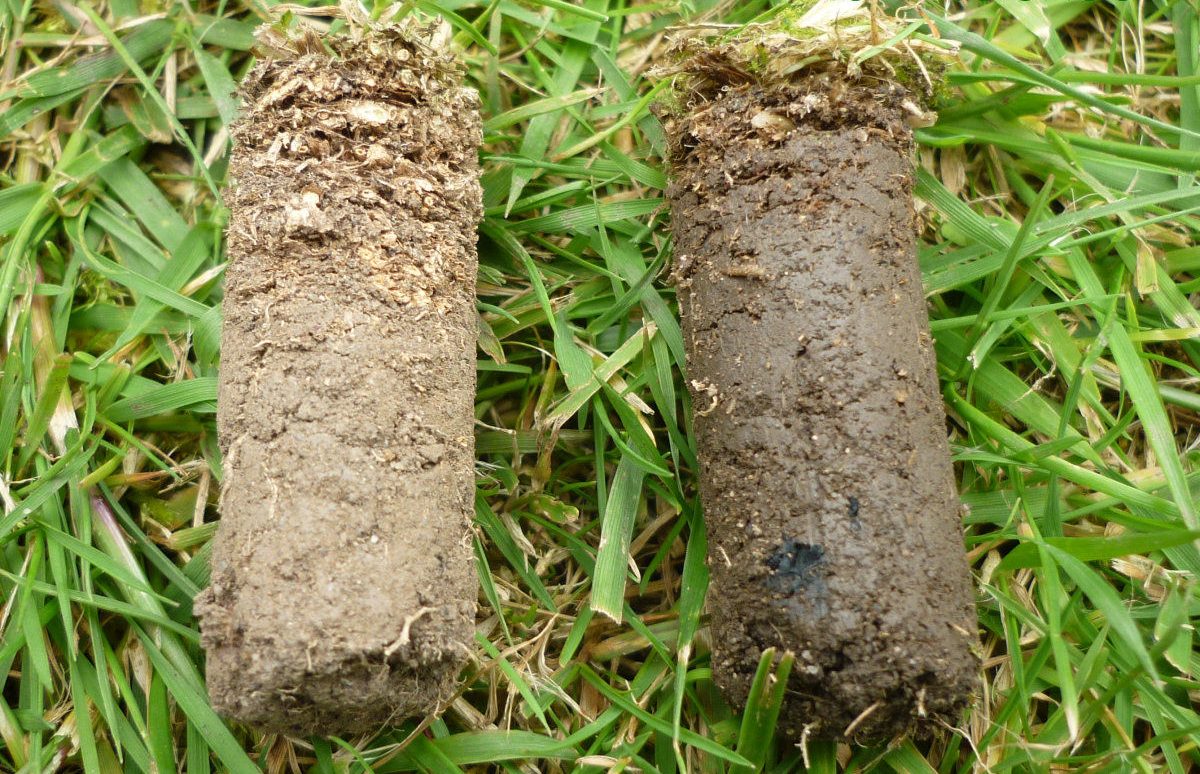

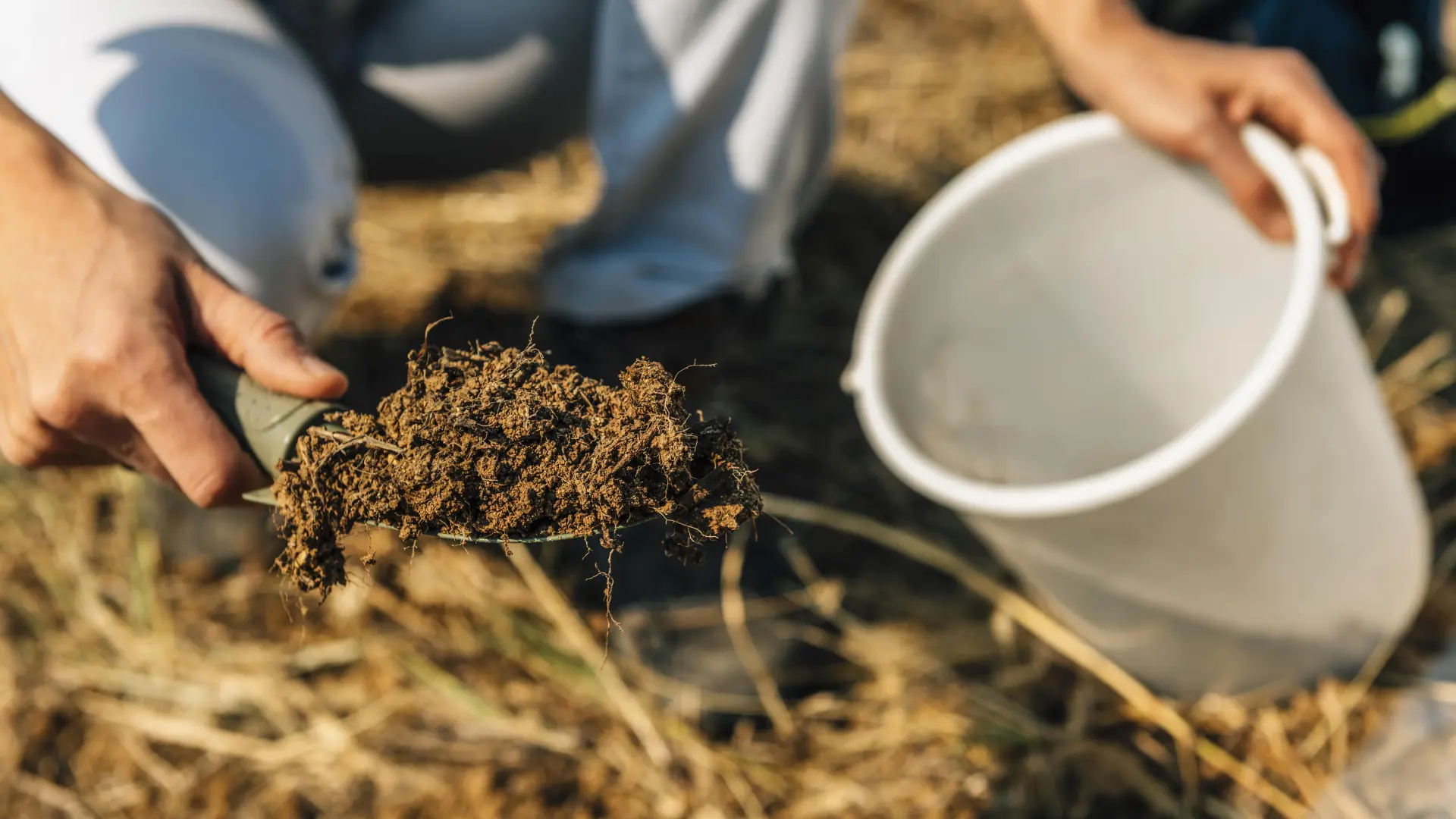
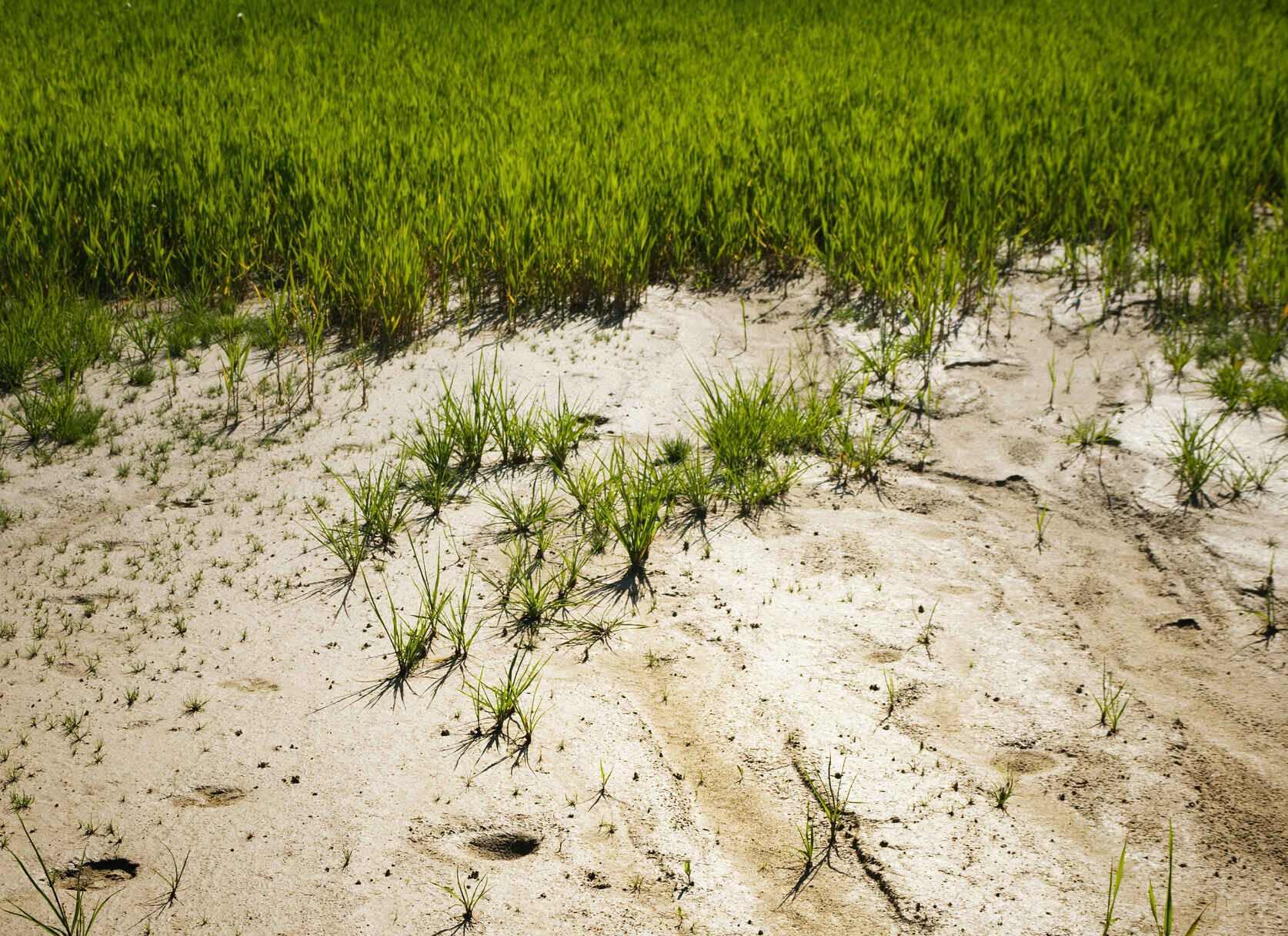
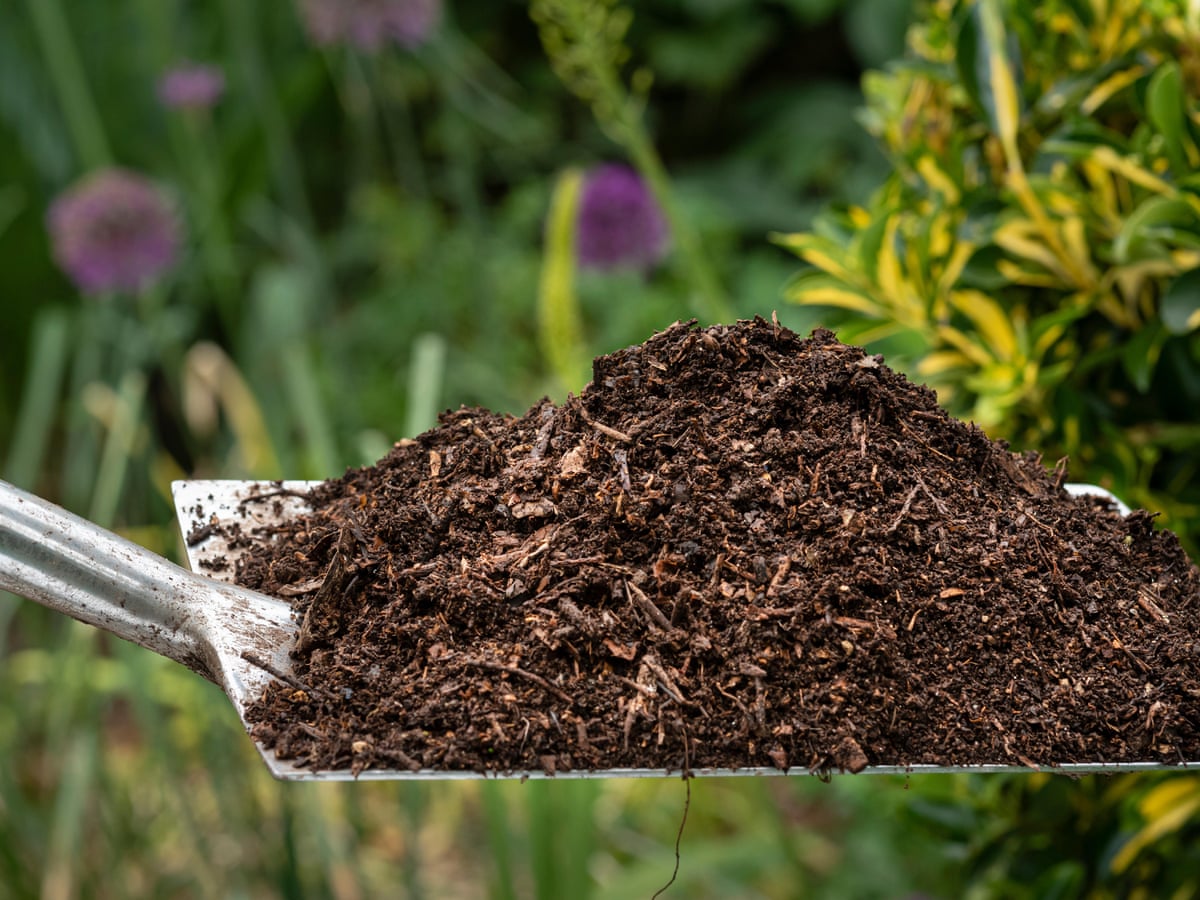
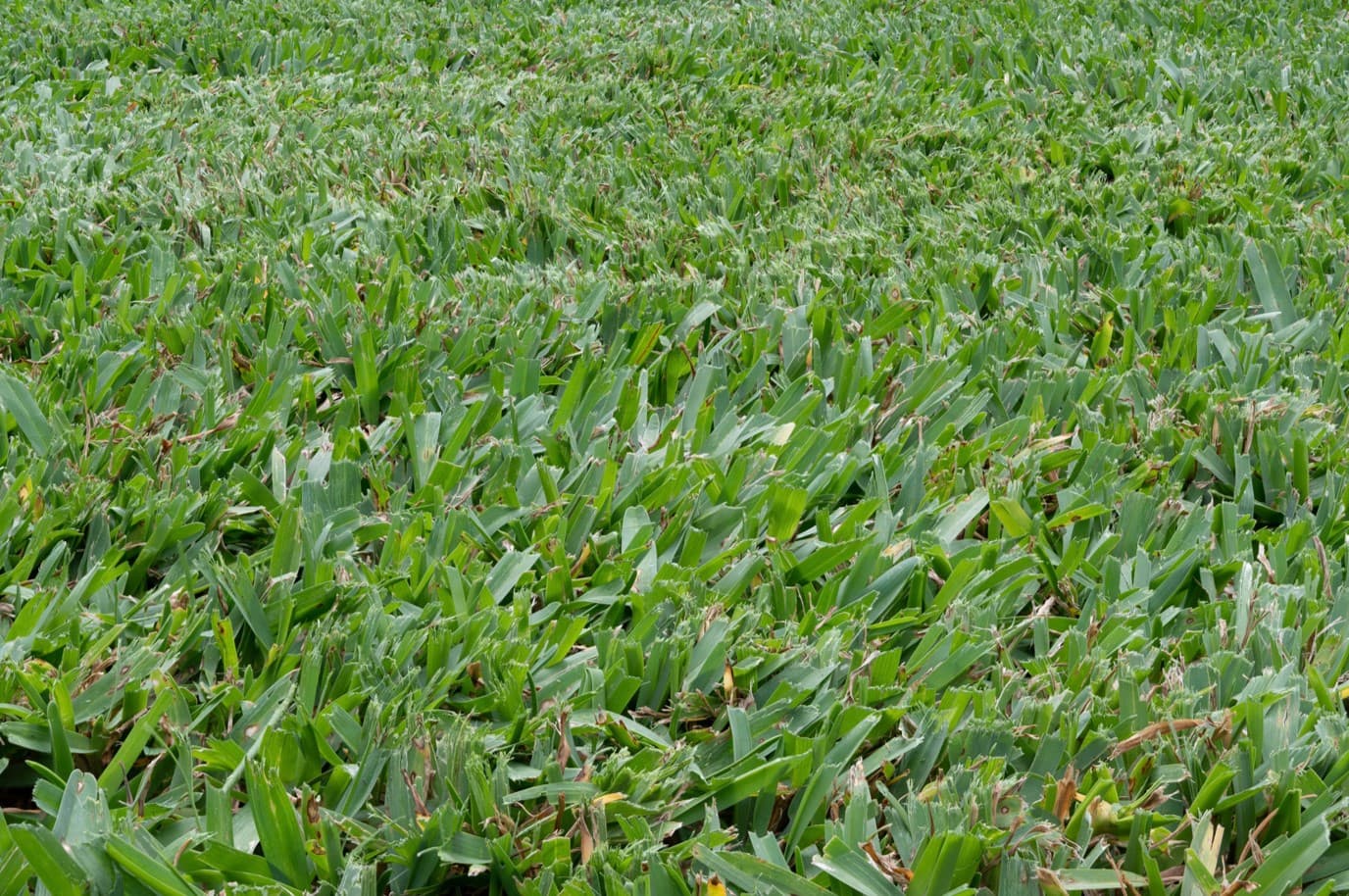

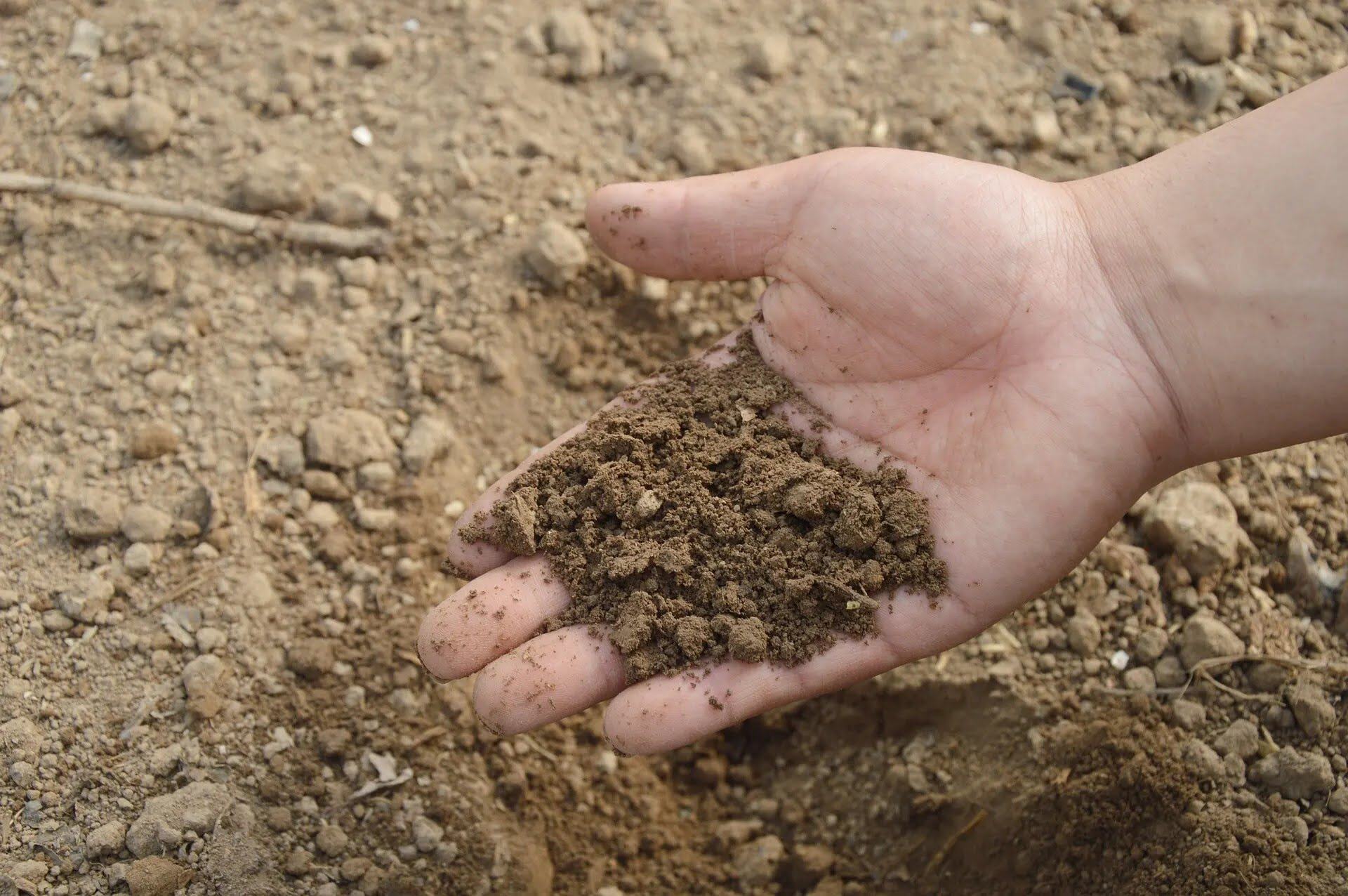



0 thoughts on “How To Make Grass Grow In Sandy Soil”